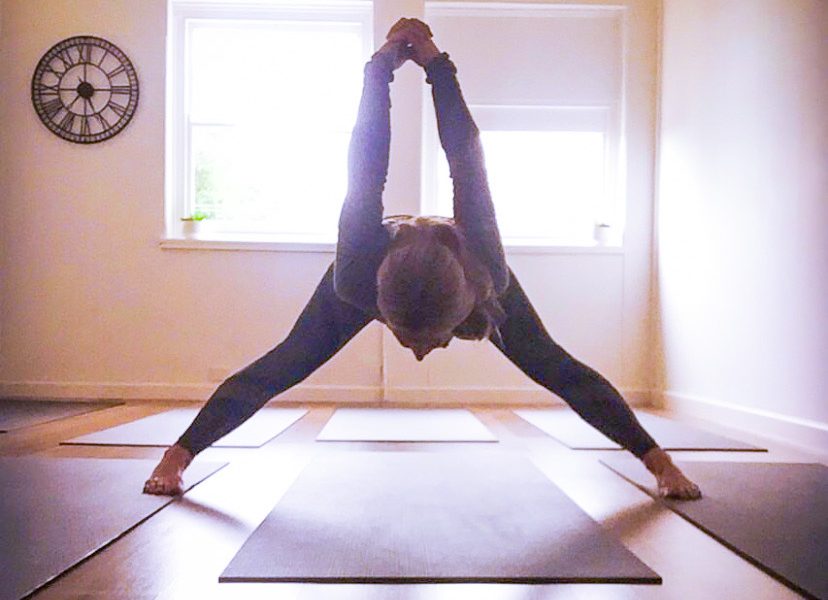As the festive holiday period approaches, many athletes will have in mind taking a few days, or even weeks, off to relax and unwind. De-stressing from the constant demands of work, family, training and other commitments is important, but a lot of athletes begin to add stress by worrying abou tloss of fitness if they take a break.
When it comes to taking a break, it can help to understand how much condition we are losing while we are inactive or relaxing. In this blog, we look into how much fitness your body loses with each week of inactivity and how long would it take for you to get back to your former fitness levels.
The results from this study focus on athletes who already train consistently. It will be relevant to those athletes who combine 5-6 days per week of training, as well as quality sleep, recovery and nutrition and then need to take an extended break due to injury, holiday or any other commitment?
According to Barrett (2001), the rate of condition lost is correlated to the duration in which an athlete is out of training.
| Days without training | % of physical condition lost |
| 3 to 5 days | 0 – 1% |
| 1 week | 8 – 10% |
| 2 weeks | 20 – 30% |
| 3 weeks | 40 – 50% |
| 4 weeks | 50 – 60% |
| 5 weeks | 60 – 75% |
| 6 weeks | 75 – 90% |
As can be seen from the above data, it is crucial when coming back to a training program after an extended break to have a rough understanding of how much fitness has been lost and how far you are away from your peak performance. It is important to plan your program with your coach. The more advanced warning that you can give your coach, the better they will be able to build you back to your peak levels after a prolonged break. Managing this process will help to prevent injury, poor race performance and disappointment in not achieving your race goals.
As you can see in the table abave, there is a big difference between not training for a few days and not training for a few weeks. Stopping due to illness for a few days will not greatly affect your fitness. By staying relatively active throughout an illness, you will also slow the rate of loss of fitness. This can be by heading out for a gentle walk or very simple active recovery.
It should be noted that there are many elements that can positively or negatively affect the outcome of your resting weeks. Your athletic history, your nutrition strategy and the way you take care of your own body play a crucial role in the way your body adapts to any break in training and will dictate how much time it will it take for you to return to a competitive level.
There are a few strategies that can help you minimise the effects of not training. These tips need to be undertaken with care and consideration for the reason you are not training. The best and safest way to make sure you are doing the right thing is to communicate with your online triathlon coach or club coach and medical professionals to plan your recovery.
Stay Active
Staying active as much as possible by undertaking low intensity and easily accesible activities. Walking, hiking, gardening, house cleaning. Just doing simple tasks that keep your body more active. Use stairs instead of the elevator, park a few blocks away and walk to your destination. Walk to the shops or a restaurant instead of using your delivery app. The more you move, the more fitness your body maintain.
Cross-Train
We have heard about this one before. This is simply training in different ways to keep your body functioning. Activities can include something as specific as S&C or Yoga, or trageting completely different activities like rock climbing, surfing, kayak, SUP. Your body’s limitations are you only limitations when it comes to this. Remember, if you are injured or taking a break, try to keep that competitive mode off.
Keep a Routine
Keeping a routine doesn’t mean that you are meant to keep a training load or intensity. I just means that you should keep as close a routine as posible to your regular training routine. Kee an hour or two aside each day to do something for you. If you want or need to replace running for pilates or swimming for yoga, that’s ok. As long as you make sure that you have that hour allocated for you and your mental health.
To summarise, as chaotic as your life may feel during injury or a break, many of the effects of a rest from training can be recovered relatively quickly once you return to a well planned program. The effort and self-care activities that you do to keep yourself healthy and engaged will reap far more Benefit tan you feel like it is doing. Trust the process and listen to your coach.

